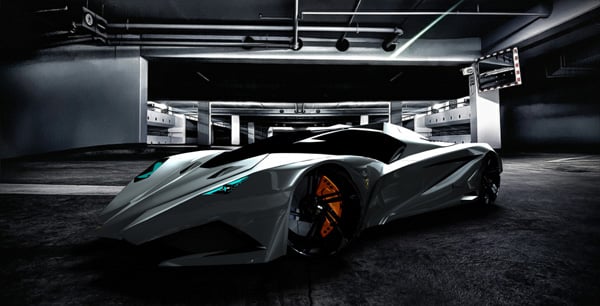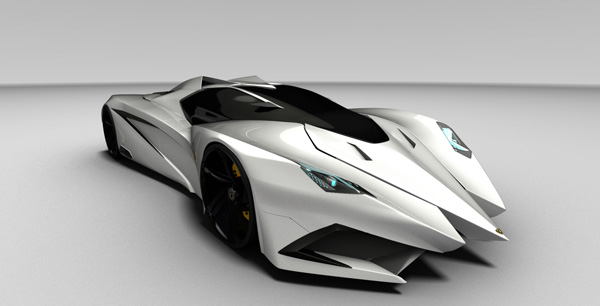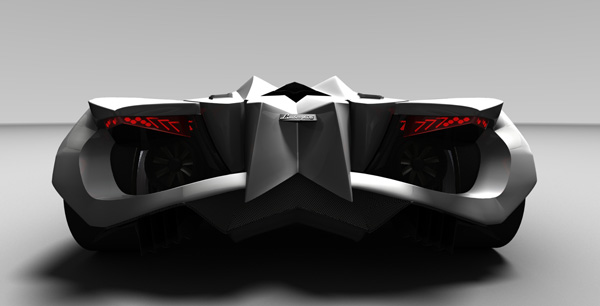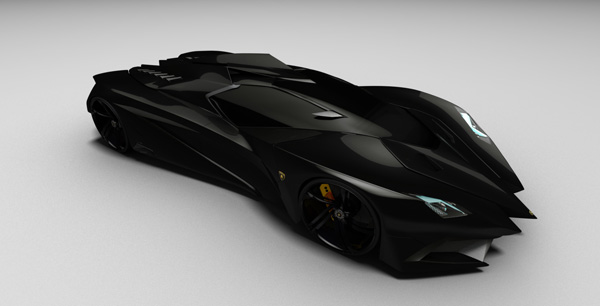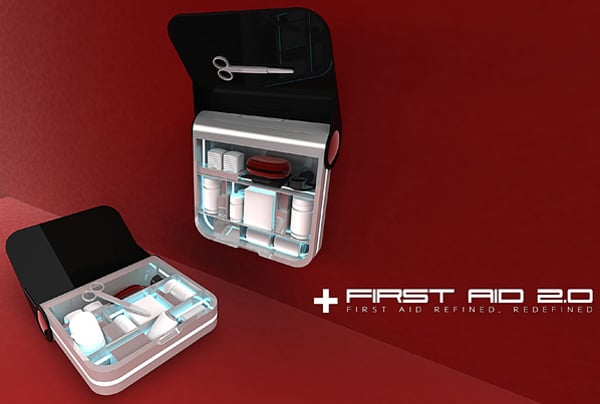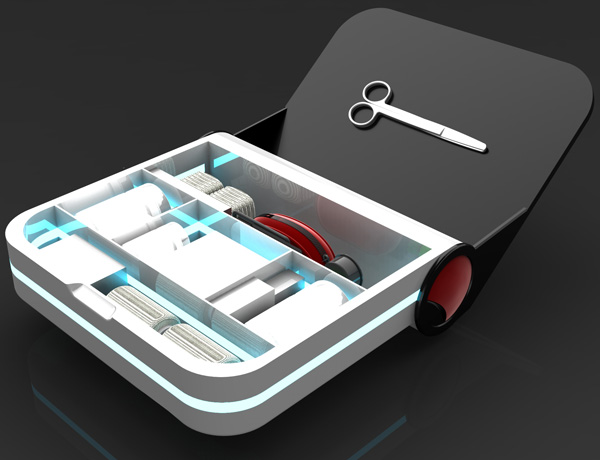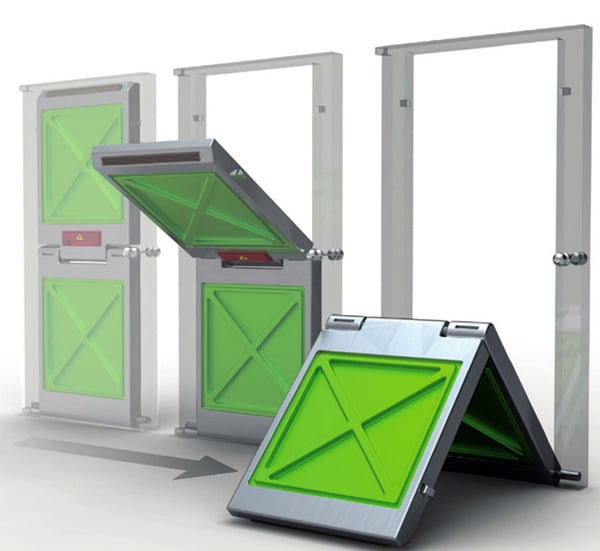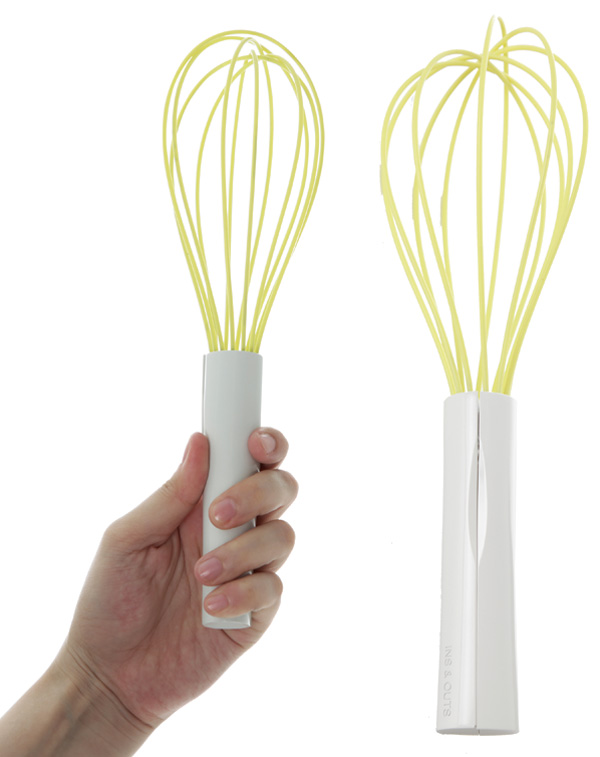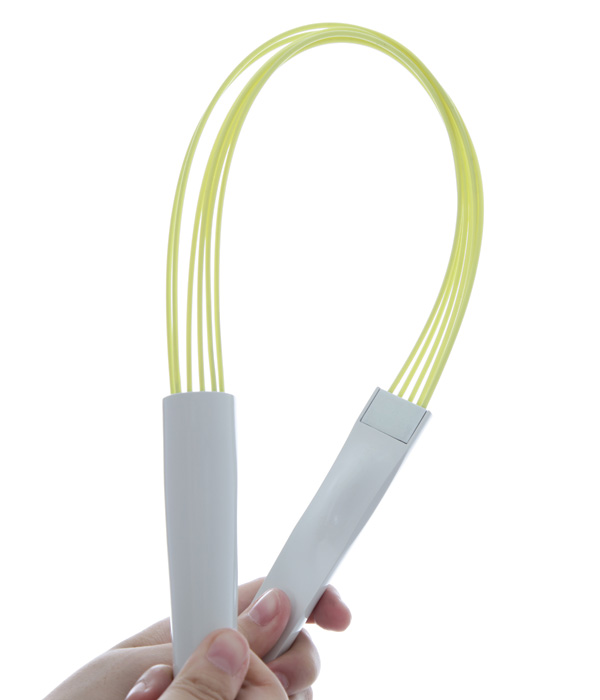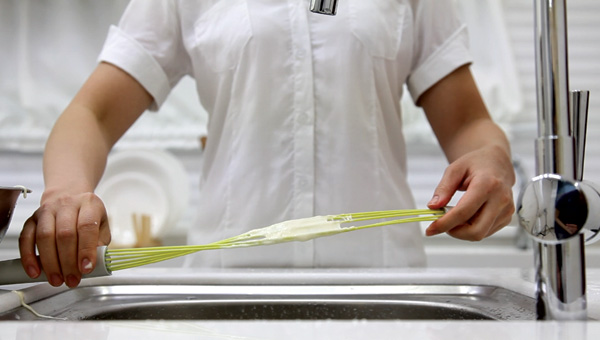Today we haven´t another product or object. Today we are going to talk about Chip Foose. He is a designer of cars, he was born in the States. All his career has been related with the cars, since he painted his first car, a Porsche 365, until the series as Overhaulin or Ultimate Car Build-Off. He also colaborated with Pixar in the films "Cars" and "Cars 2".This man has a special ability to draw cars. Here you have more about his biography and his Web.
Os dejo unos video y unas foto / Here you have two videos an two photos.
Uno de sus proyectos:
Unos de sus bocetos:












